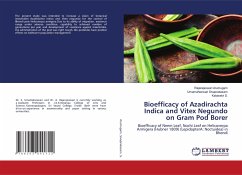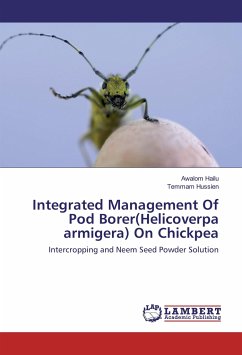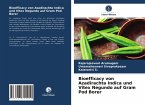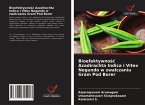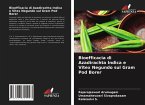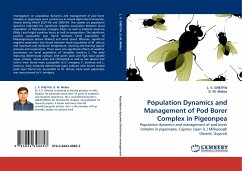Chickpea (Cicer arietinum L.) the most common pulse crop, is exposed to attack by many insect pests, amid them Helicoverpa armigera is the major limiting factor for higher yield of the crop. Thereby a field experiment has been carried out to develop an effective pest management strategy for the crop. Side by side a laboratory experiment has also been conducted to study the growth and development of 3rd instar larvae of H. armigera along with the level of parasitization at natural condition. The finding revealed no significant difference in mean larval length, larval and pupal phases as well as pupal weight in different chickpea cultivars. The varietal screening for both years of the study revealed that BG-256 was less vulnerable to H. armigera. The efficacy of different bio-pesticides was evaluated against H. armigera in chickpea. The larval population was significantly lower in spinosad 2.5 SC @ 0.5 ml/l. The field experiment on the relative ability of various insecticides against H. armigera revealed that indoxacarb 14.5 SC @ 0.5 ml/l as the most effective one. Intercropping chickpea with linseed (2:2) resulted in lower larval populace and less pod damage for both years of study.
Bitte wählen Sie Ihr Anliegen aus.
Rechnungen
Retourenschein anfordern
Bestellstatus
Storno


